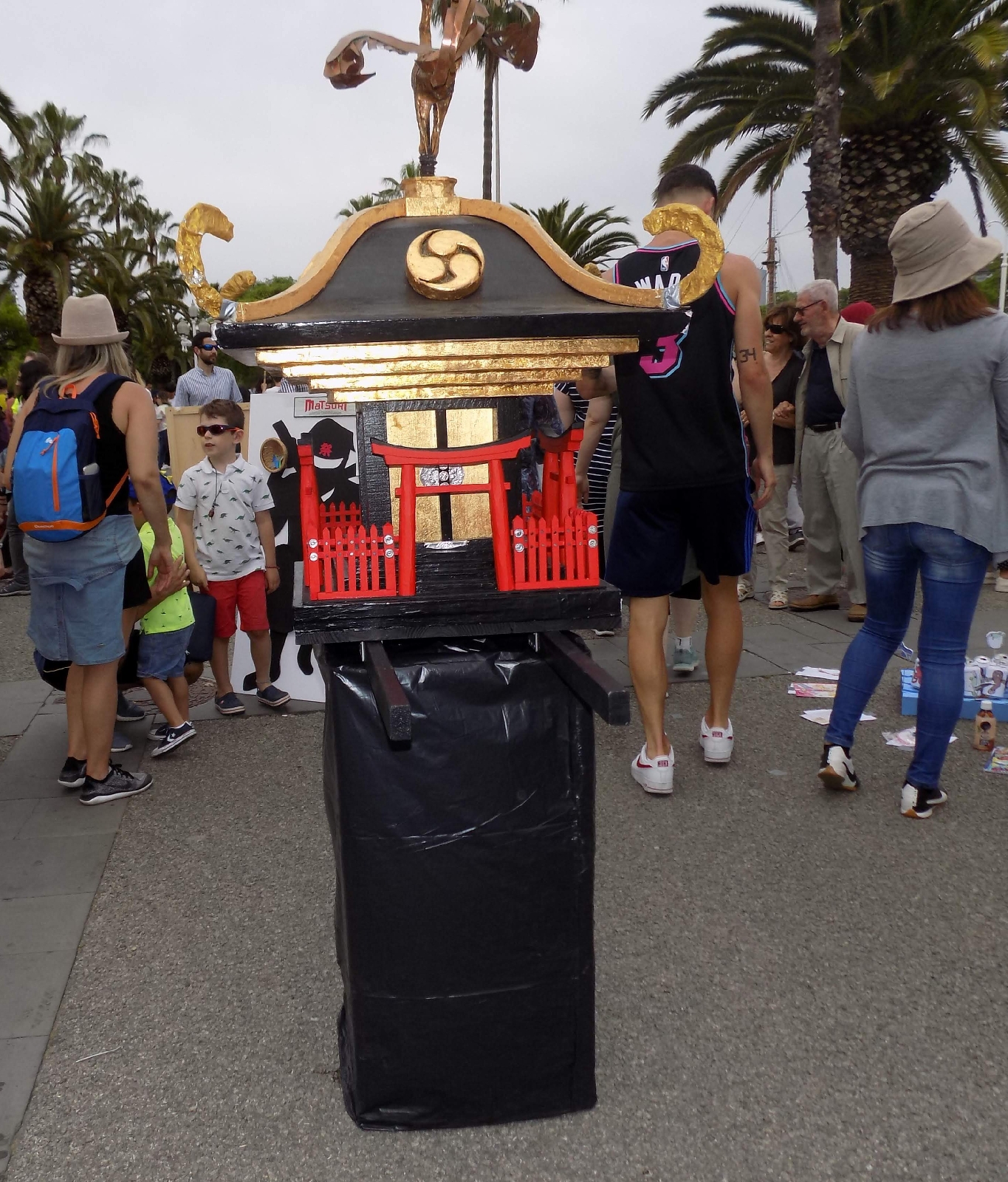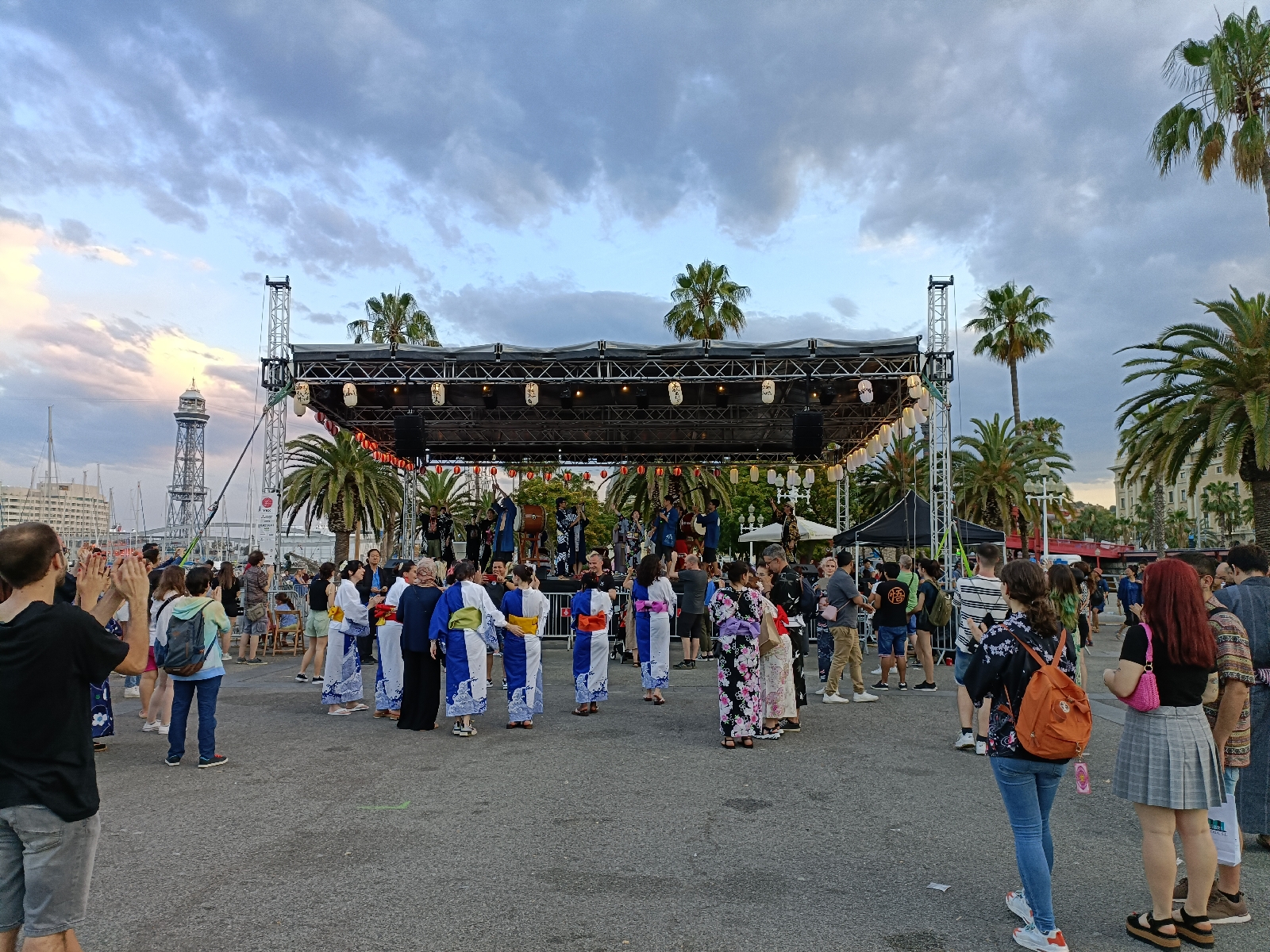👧Kodomo no hi👦
ESP/ENG
El Kodomo no Hi (こどもの日, Día de los niños) es un día festivo nacional en Japón que tiene lugar el 5 de mayo como último día de la Golden Week . Lleva celebrándose desde la antigüedad.
En este día, las familias izan cometas koinobori en forma de carpa, una por cada niño y decoran o muestran el casco tradicional japonés, kabuto. El kabuto es símbolo de un niño varón fuerte y saludable.
Ya tienes koinobori?
Puedes hacer como nosotras y hacer tú propia carpa Koinobori de origami como actividad para compartir con los niños de casa.
Los colores serían los siguientes: La carpa negra (Magoi) en la parte superior representa al padre, la carpa roja o rosa (Higoi) representa a la madre, y la carpa última representa el hijo, con una carpa adicional agregada por cada hijo posterior con el color y la posición que indica su edad relativa, azul, verde y naranja.
Puedes ver un ejemplo del escalado en la imagen adjunta.
Cuelga los en la ventana para que el viento los haga " volar" y enséñanos que tal ha quedado!
También puedes comprar Koinobori en tiendas que tengan artículos japoneses en esta temporada.
Kodomo no Hi (こ ど も の 日, Children's Day) is a national holiday in Japan that takes place on May 5 as the last day of Golden Week. It has been held since ancient times.
On this day, families hoist carp-shaped koinobori windsock, one for each child, and decorate or display the traditional Japanese helmet, kabuto. The kabuto is a symbol of a strong and healthy male child.
With a black carp for the father (Magoi), a red or pink for the mother (Higoi), and one carp (usually blue, and sometimes additionally green and orange) for each child.
Do you already have koinobori?
You can do like us and make your own origami Koinobori carp as an activity to share with the children at home.
You can see an example of the scaling in the attached image.
Hang them on the window so that the wind makes them "fly" and show them to us!
You can also buy Koinobori in stores that sell Japanese items this season.















